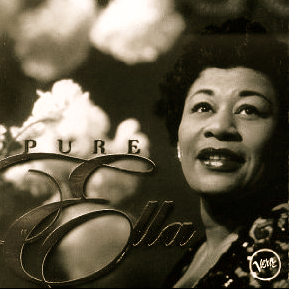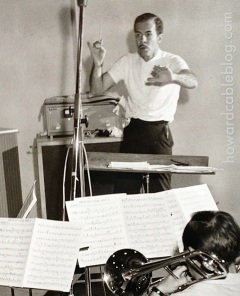The year was 1953 and I had just started my new role as music director of the CNE Grandstand Show. My very first task was to hire a new orchestra. I knew these musicians would have to be first class because of the tight time demands that would be placed upon them.
Rehearsals for the performers began in mid-July, giving them a month to get it right. But because the orchestra was large (61 players), there would be a high cost attached to each day of their rehearsal. To keep expenses manageable, the orchestra was brought in only 4 days before opening. Therefore, I needed top players who could sight read quickly and form into sections smoothly. Today, getting the best players all together in one summer show would be almost impossible, because they would be booked elsewhere. But two things played in my favour back in the 50s and 60s: The Toronto Symphony contracts didn’t cover the summer months, and studio work was mostly in hiatus. The best musicians in town were available for me to hire – and the resulting ensemble was spectacular.
How good were these men? The American agents (and the stars they booked for us) named it the best light orchestra in North America!
One thing that did not sit right with me at the beginning was the way the musicians were credited (or rather, NOT credited) in the Grandstand program. The audience could read the names of almost everyone involved in the show – the dancers, the vocalists and in one case, even the supplier of Jimmy Durante’s hat! But the musicians were only listed as “The CNE Grandstand Orchestra.” For players as fine as these, I had to get this changed.
Today, 60 years later, I still have a few old programs. The image below (from approximately 1956-57) shows how the musicians were finally listed.
Do you recognize any of these great players? Leave a comment below if you have a memory to share about any of them.





